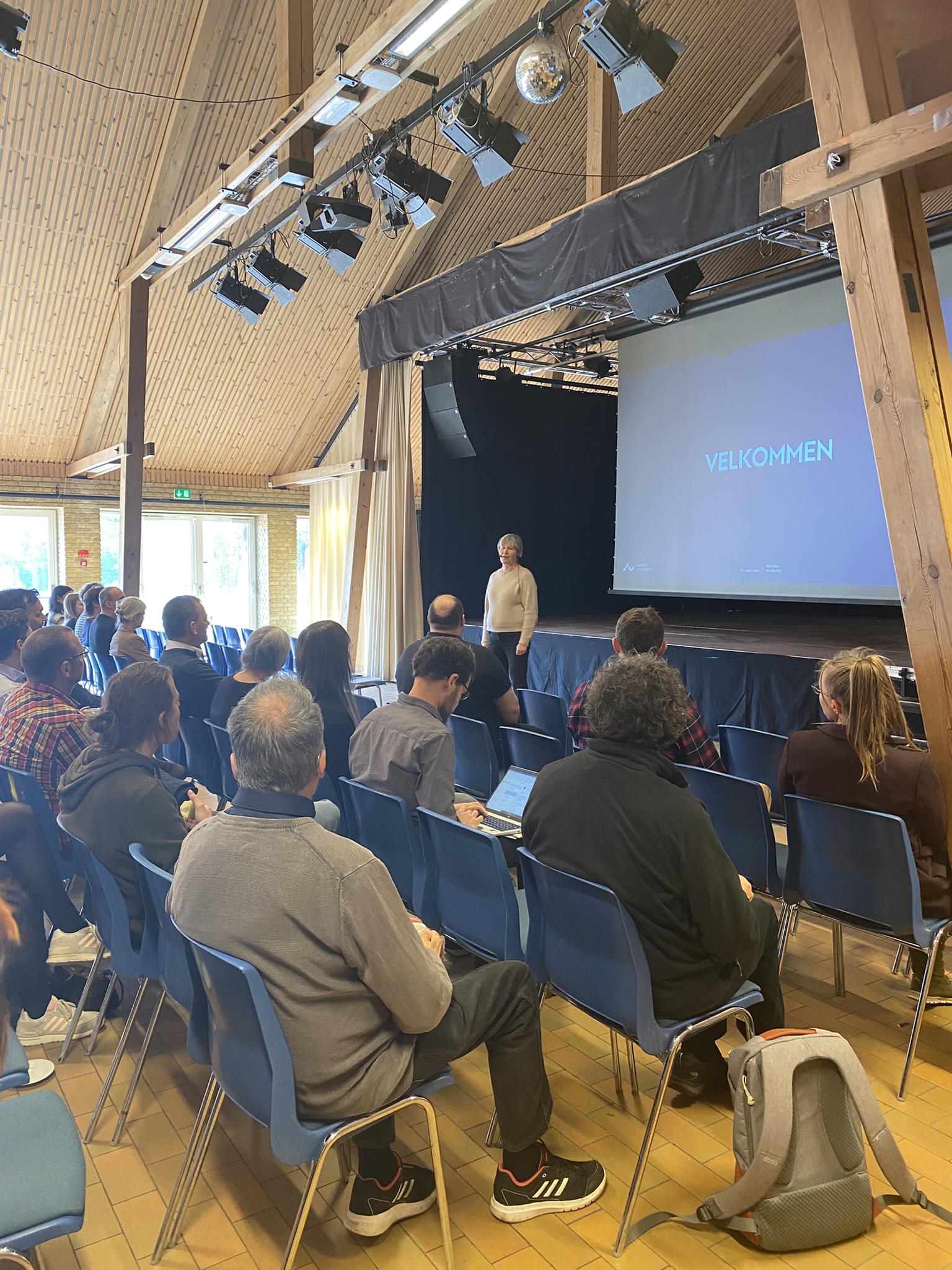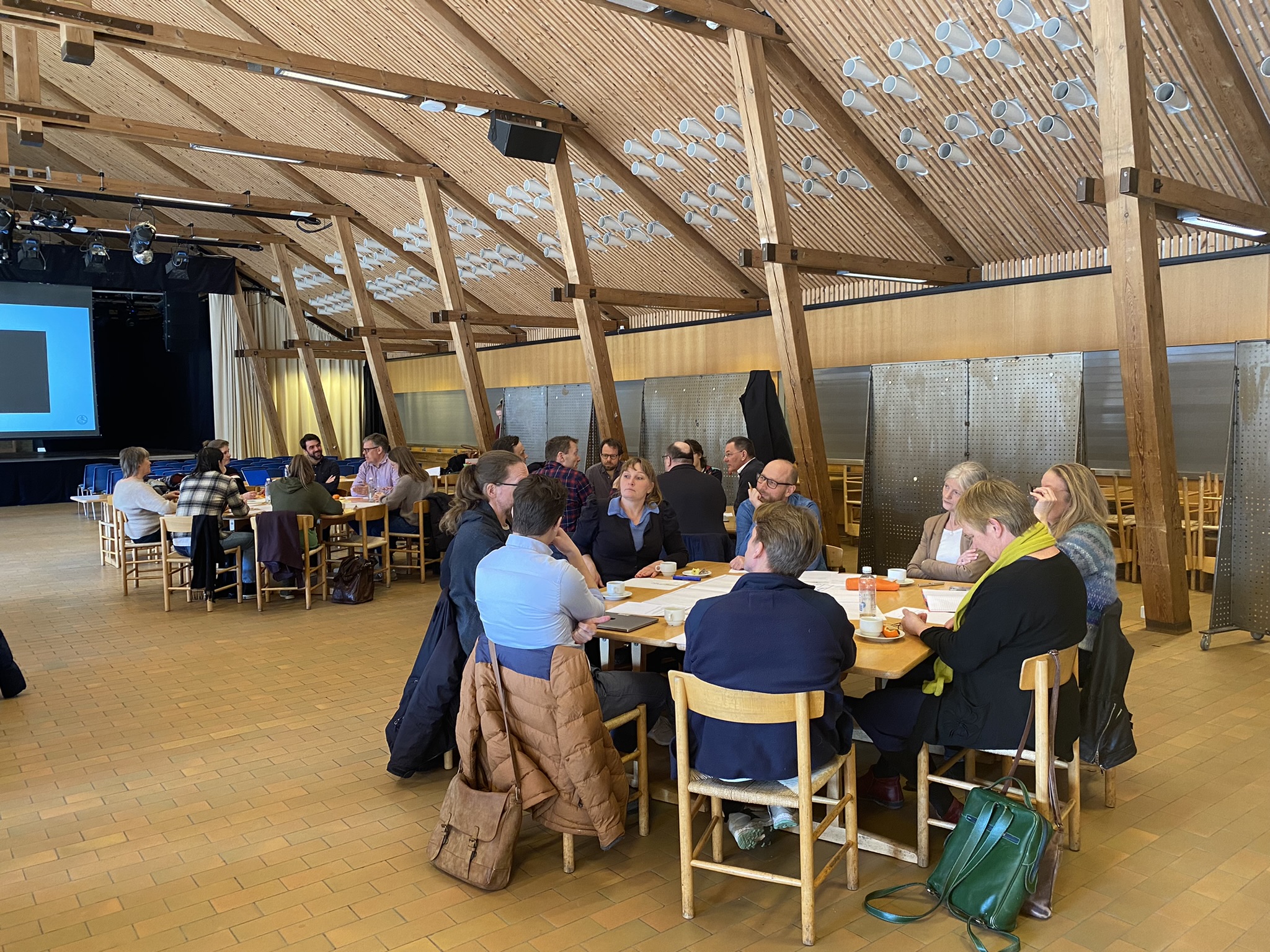EDU IT: AU’s visions up for debate
What are AU’s visions for using digital elements in teaching? And what will it take to realise them? These were some of the central questions debated at a workshop on 21 March where participants shared experiences and ideas in a lively exchange. The many ideas that arose from their dialogue will be drawn on going forward as the university works to formulate university wide principles for Educational IT at AU.


When Aarhus University launched its EDU-IT initiative back in 2018 as part of the university’s digitisation strategy (in Danish only), no one imagined that just two years later, a global pandemic would force a revolution in the use of digital elements in teaching for both lecturers and students.
On 21 March – two years after the first Covid shutdown in Denmark and over halfway into the EDU-IT roll-out – AU’s Committee on Education met with directors of studies, lecturers, students and representatives from the Centre for Educational Development (CED) for an interdisciplinary workshop on the use of digital elements in teaching. The objective of the workshop was to reflect on experiences, discuss opportunities and challenges and not least initiate a dialogue about AU’s visions and the outlines of a set of AU-wide EDU-IT principles. According to Pro-rector Berit Eika, it was a fruitful day that generate plenty of input to the coming process:
“During Covid, we learned that yes, we can meet,work and teach online. But we also learned that socialising and in-person interaction are decisive for our students’ well-being and motivation. So now it’s a question of developing the best framework for digitally enhanced teaching centred on the in-person encounter on campus. I’m really looking forward to discussing all the input from the workshop with the Committee on Education and to continued dialogue across the organisation,” she said.
Selected input from the workshop
- The face-to-face encounter between lecturer and student is essential, and digital teaching cannot stand alone.
- Incorporating digital elements into the classroom teaching as well as between classes can be helpful. For example, short introductory videos that students can watch before class can create more time for in-person discussion and dialogue.
- Using digital elements in teaching has to be on the lecturer’s terms. There is no one-size-fits-all solution.
- It’s important that lecturers have the right digital skills and resources to be able to work with digital elements.
Need more information?
On the AU Educate website, lecturers will find lots of good tips and advice on incorporating digital elements into their teaching.
CED also offers a wide variety of courses on the various tools, and can also design tailored courses as needed (read more here). Contact CED for more information.
The EDU-IT initiative in brief
- Launched in 2018 as part of AU’s digitisation strategy (in Danish only), and will continue until 2023
- Is aimed at improving the quality of AU’s degree programmes through developing teaching formats by incorporating more IT and using it more intelligently